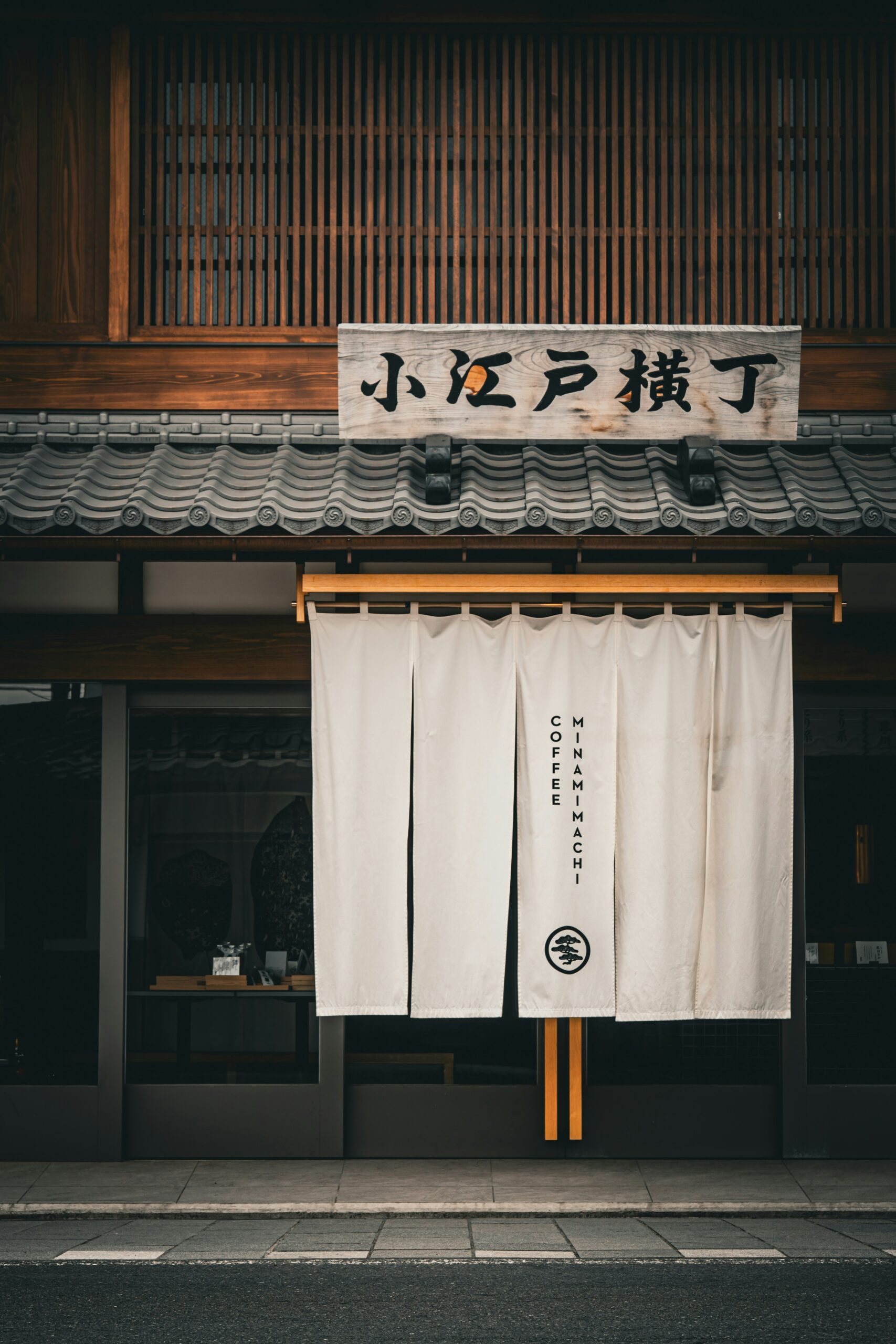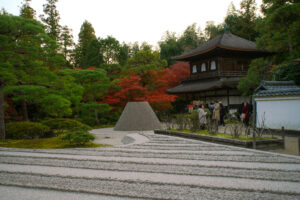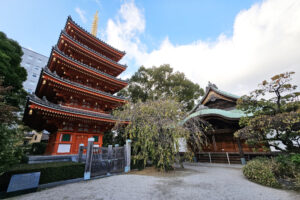In the heart of Japan’s bustling cities and tranquil countryside, a piece of cultural fabric both divides and connects spaces and traditions. Noren, Japan’s traditional fabric dividers, serve as a silent testament to the country’s rich heritage and aesthetic sensibilities. Beyond their functional role in Japanese homes and businesses, noren unfold stories of art, history, and craftsmanship, revealing much about Japanese life and culture. This article explores the depths of noren, from their historical roots to their modern-day significance, craftsmanship, and global influence.
1. Noren: Gateway to Japan’s Cultural Heritage
Noren are much more than mere decorative fabric dividers. They are a gateway to understanding Japanese culture and the painstaking artistry that defines it. Traditionally hung at the entrances of shops, restaurants, and even homes, these cloth banners serve as a subtle invitation to enter, symbolizing both a boundary and a welcome. The variety of materials, colors, and designs found in noren reflects the diversity of Japan’s regions and the unique stories of its people. As you walk through the streets of Kyoto, Tokyo, or any other city in Japan, the myriad noren waving gently in the breeze offer a visual feast and a glimpse into the country’s cultural soul.
2. The Art and Craft of Japanese Fabric Dividers
The creation of noren is a meticulous process, blending art with functionality. Craftsmen and women imbue each piece with creativity, carefully selecting materials and dyes that hold up to the elements while maintaining their vivid hues. The designs range from simple, bold patterns to intricate, hand-painted scenes that tell a story or symbolize the nature of the business or household. Some artisans specialize in specific techniques, such as indigo dyeing or woodblock printing, making each noren a unique piece of art. This dedication to craft ensures that noren are not only beautiful but also durable and meaningful.
3. A Brief History of Noren: From Edo to Modern Day
Noren have been a part of Japanese life since the Edo period (1603-1868), originating as a practical solution for protecting goods from the sun and dust while signaling a shop’s business hours. Over time, these fabric dividers evolved into signifiers of a business’s identity and reputation, with distinctive colors and emblems indicating the nature of the trade within. In the modern era, while their practical use remains, noren have also become symbols of nostalgia and tradition, evoking a sense of continuity amidst Japan’s rapid modernization. Today, they are celebrated not only for their historical significance but also for their role in adding beauty and character to the Japanese landscape.
4. The Symbolic Meanings Behind Noren Patterns
The designs and motifs on noren are replete with symbolic meanings, each telling a story or conveying wishes for good fortune, prosperity, and happiness. For instance, a noren featuring carp (koi) swimming upstream symbolizes perseverance and success in overcoming obstacles. Cherry blossoms, or sakura, evoke the transient nature of life, reminding viewers to cherish each moment. Seasonal motifs signify change and the passage of time, playing into the Japanese appreciation for nature’s fleeting beauty. Understanding these symbols adds a layer of depth to the appreciation of noren, transforming them from mere decorative items into narratives woven in fabric.
5. How Noren Are Made: A Look at Traditional Techniques
The making of noren involves traditional techniques passed down through generations. The process starts with the careful selection of fabric, typically cotton or linen for its durability and ease of dyeing. Artisans then employ methods such as katazome (stencil dyeing) or tsutsugaki (tube drawing) to apply the designs, each requiring a steady hand and a keen eye for detail. Indigo, a natural dye with a deep blue hue, is commonly used, prized for its colorfastness and the way it ages gracefully over time. The creation of a single noren can take several days to weeks, depending on the complexity of the design and the techniques used, embodying the artisan’s dedication to their craft.
6. Noren in Everyday Life: Beyond the Aesthetic
Beyond their aesthetic appeal, noren play functional roles in everyday life in Japan. In homes, they are used to divide spaces, provide privacy, and protect interiors from sun and dust. In the hot summer months, noren allow for airflow while maintaining a barrier, creating a cooler indoor environment. For businesses, they signal openness and welcome, with different colors and designs indicating the type of establishment and its status. The functional versatility of noren, coupled with their decorative appeal, makes them an integral part of both traditional and contemporary Japanese settings.
7. The Role of Noren in Japanese Business Culture
In Japanese business culture, noren are more than decorative elements; they embody the identity and ethos of a business. A well-crafted noren at the entrance of a shop or restaurant signals quality and authenticity, inviting patrons to experience the establishment’s offerings. The act of passing through a noren is symbolic, marking a transition from the outside world into a space of hospitality and tradition. For many businesses, the noren is a badge of pride, often custom-made to reflect the establishment’s heritage and values. This deep connection between noren and business identity highlights the fabric divider’s significance in Japan’s commercial landscape.
8. Preserving Tradition: Noren Artisans of Today
Despite the modern world’s rapid pace, a dedicated community of artisans continues to preserve the traditional craft of noren-making. These craftsmen and women, often hailing from families with generations of experience, strive to maintain the high standards of quality and artistry that noren demand. By blending traditional techniques with contemporary designs, they keep the craft alive and relevant. Workshops and studios across Japan offer glimpses into the meticulous process of creating noren, ensuring that the knowledge and skills are passed on to future generations. The resilience and passion of these artisans are vital in keeping the tradition of noren vibrant and thriving in the 21st century.
9. Noren Across Borders: Global Appreciation and Influence
The allure of noren has transcended Japan’s borders, capturing the imagination of people around the world. International designers and artists, inspired by the beauty and symbolism of noren, have incorporated similar concepts into their work, blending traditional Japanese aesthetics with global trends. Additionally, the global interest in Japanese culture, fueled by tourism and the proliferation of Japanese cuisine, has increased the demand for authentic noren, leading to collaborations and exchanges that enrich both Japanese artisans and their international counterparts. As noren continue to inspire and influence beyond Japan, they serve as cultural ambassadors, weaving connections between Japan and the global community.
10. DIY Noren: Tips for Handcrafting Your Own
For those inspired to create their own noren, the process can be both rewarding and challenging. Start by choosing a fabric that reflects the intended use—cotton and linen are excellent for beginners due to their ease of handling. Selecting a design that holds personal meaning can add a layer of enjoyment to the crafting process. Basic sewing skills are required, but the simplicity of noren’s design makes it a manageable project for novices. Experimentation with different dyeing techniques can also add a unique touch to your creation. Handcrafting your own noren not only results in a beautiful and functional item but also offers a deeper appreciation for the artistry and tradition behind these fabric dividers.
11. Caring for Your Noren: Maintenance and Preservation
To ensure that your noren remains vibrant and durable, proper care and maintenance are essential. Regularly dusting and airing out your noren can prevent dirt buildup and keep the fabric fresh. When washing is necessary, hand washing in cold water with mild detergent is recommended to preserve the colors and fabric integrity. Avoiding direct sunlight when drying can prevent fading, extending the life of your noren. With the right care, a well-made noren can last for years, becoming a cherished part of your home or business and a testament to the enduring appeal of this traditional Japanese craft.
12. The Future of Noren: Innovations and Continuing Traditions
As Japan continues to evolve, so too does the tradition of noren. Artisans and designers are experimenting with new materials, techniques, and designs, pushing the boundaries of what noren can be. At the same time, a renewed interest in sustainable and artisan-made goods has brought attention back to traditional crafts, including noren-making. This balance between innovation and tradition suggests a bright future for noren, one where they continue to serve as a symbol of Japanese culture and craftsmanship. As we look ahead, it’s clear that noren will remain an integral part of Japan’s cultural tapestry, adapting and thriving in the modern world.
Noren, with their rich history, deep symbolic meanings, and enduring beauty, stand as a testament to Japan’s cultural heritage and the meticulous craftsmanship of its artisans. From the bustling streets of Japan’s cities to homes and businesses around the world, these traditional fabric dividers continue to serve as both functional items and works of art. As Japan moves forward, the tradition of noren-making, rooted in centuries of history, remains a vibrant and evolving craft, bridging the past with the future and weaving a continuous thread through the fabric of Japanese life.








